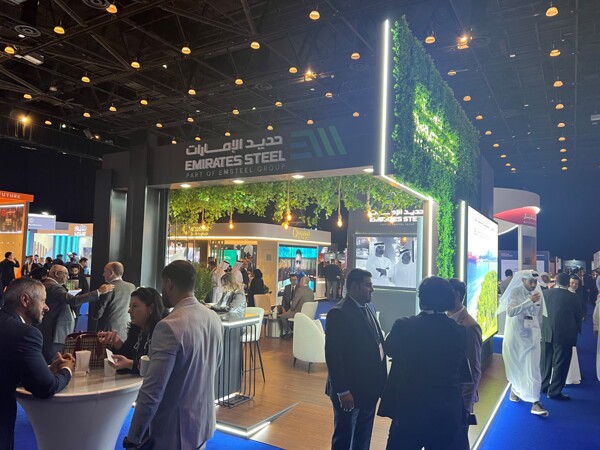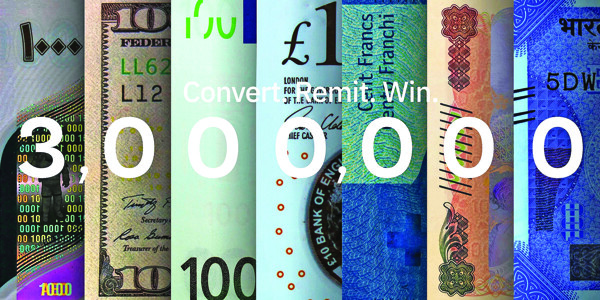
During participation in the initiatives in the energy sector at the COP29 conference held in Azerbaijan, Deputy Minister of Energy and Oil Infrastructure Sheriff El Ulemaa emphasized the importance of developing storage capacity to achieve the ambitious goal of increasing renewable energy production by 2030. This goal is related to the doubling of renewable energy production threefold by 2030 - one of the key objectives of the UN Framework Convention on Climate Change at COP28. El Ulemaa noted that the UAE plays an important role in the global hydrogen economy and also promotes various transformations in integrating energy storage systems.
In his speech, the engineer also noted that with the increased duration of renewable energy sources, such as wind and solar energy, characterized by intermittency, having strong storage systems becomes critically important to ensure the stability of global energy supply. According to him, in cooperation with international energy agencies, achieving global targets in renewable energy requires a significant increase in storage capacity, with expected investments of up to $1.2 trillion by 2030.
The measurable efforts to increase renewable energy capacity threefold require the addition of approximately 11 thousand gigawatt-hours of renewable energy globally by 2030. This will, in turn, require a massive increase in storage capacity from the current 30 gigawatt-hours to approximately 620 gigawatt-hours, reflecting the necessary scaling up.
El Ulemaa stressed that the UAE monitors numerous changes in the integration of energy storage systems, such as the Mohammed bin Rashid Al Maktoum Solar Park in Dubai, one of the largest in the world, which includes solutions for energy storage using batteries, allowing the use of clean energy even after sunset. This corresponds to the prognosis of the International Energy Agency, indicating that hybrid renewable systems, such as solar systems with storage, make up about 40% of new renewable projects worldwide by 2030. And the lack of sufficient storage threatens to lose up to 30% of produced renewable energy by 2030 due to current limitations in infrastructure.
Researchers also highlighted the crucial role of storage in reducing carbon emissions, as, according to the assessments of the International Energy Agency, to remove carbon from the global energy sector by 2030, a reduction of emissions by 60% is required. In the framework of the session "Accelerating the Deployment of Clean Hydrogen by 2030 to Meet Middle-of-the-Road Climate Goals," specialists emphasized that the UAE developed ambitious plans to achieve climate goals by 2050.
El Ulemaa added that the National Hydrogen Strategy 2050 will make the UAE a key player in the global hydrogen economy, utilizing its abundant natural resources, including natural gas and technologies for carbon capture and storage. It is planned to produce 1.4 million tons of low-carbon hydrogen annually by 2031, with subsequent increases in production volumes to 15 million tons by 2050. This strategic goal is to eliminate carbon from hard-to-abate sectors, such as heavy industry, transport, and aviation, and also establishes the UAE as a leading hydrogen supplier in European and Asian markets.
Limiting emissions to achieve climate neutrality in the electricity and hydrogen sectors by 2050, the UAE's energy strategy by 2050 focuses on increasing investment in renewable energy threefold by 2030, increasing the total installed capacity of clean energy to 19.8 gigawatts by 2030, increasing pure energy production to 32% by 2030 to ensure the support of a steady course for reducing harmful emissions and climate change impacts. This will lead to a significant reduction in carbon emissions, making the UAE one of the countries with the lowest emissions in the world.














